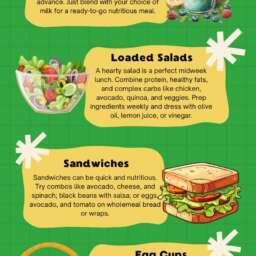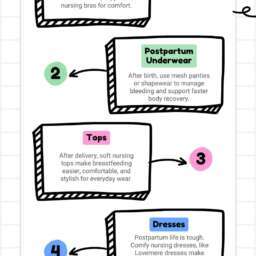
4 Reasons You Should Switch From Windows To A MacBook : Whether you are on the search for a laptop to use for your school assignments or a device that you can use daily to browse the web, MacBooks are undeniably among the greatest machines you’ll find in the market. In the last few years, macOS has seen significant upgrades. If you’ve been using Windows for a decade and think it’s time for a switch, but are afraid of taking the plunge, it’s normal to wonder whether the upgrade is worth it.
One thing is for certain, switching from Windows to a MacBook is a steep learning curve. It’ll initially take you a bit of time to familiarize yourself with the ins and outs of the macOS operating system, like the switch from control to command. You will eventually get used to macOS and find it relatively easier to navigate once that does happen. Here are four reasons why you should take the bold step of ditching your Windows laptop for a MacBook, and one reason why you should stick to Windows.
You may resell your laptop later
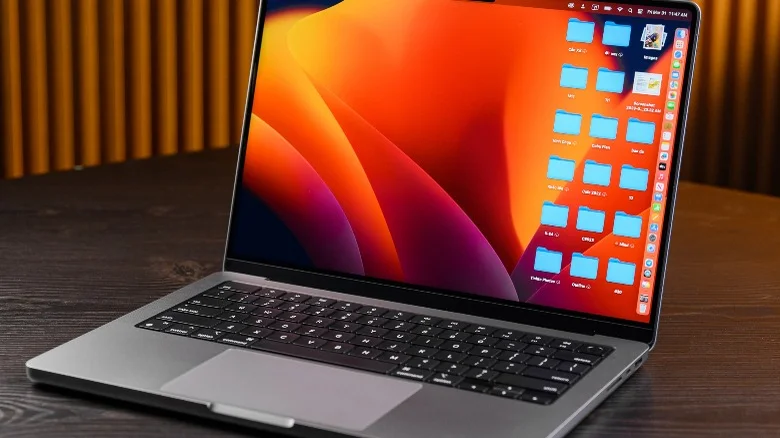
Many of us seek a durable laptop with good resale potential. MacBooks stand out for maintaining their value on the used market better than most other tech brands. Despite their initial high cost, MacBooks are renowned for longevity and timeless design. Proper maintenance ensures they retain their sleek appearance over time.
Opting for an older MacBook with an Intel chip may not be wise as Apple will likely cease support in the near future. This would significantly diminish its resale value. However, with the introduction of the M1 chip in November 2020, newer MacBooks offer better prospects for resale, making them a more favorable investment.
You’re already deep into the Apple ecosystem
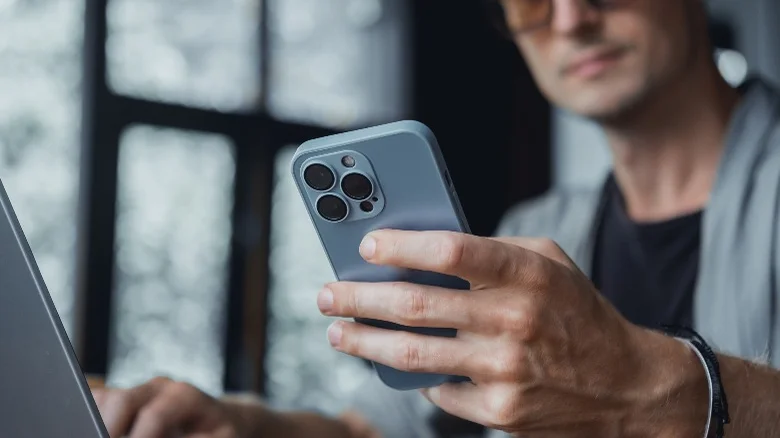
The Apple ecosystem encompasses a range of devices, from iPhones and iPads to Apple TV, AirPods, Apple Watch, and the Mac lineup. These devices run on different operating systems – macOS, iPadOS, and iOS – which share common functionalities. Although each device can function independently, they are designed to seamlessly integrate and work together. While competitors like Microsoft and Samsung have attempted similar integration, they have not achieved the same level of success.
Considering investing in a MacBook? It’s advisable if you already own an iPhone or iPad. Having one of these devices enhances your experience, enabling features like Continuity Camera, which lets you use your iPhone or iPad as a webcam for your Mac, and AirDrop for easy file transfers.
A standout feature of the Apple ecosystem is its continuity across devices. With the same Apple ID and features like Handoff enabled, you can start a task on one device and seamlessly continue on another. Additionally, with Wi-Fi and Bluetooth activated, you can copy content on one Apple device and paste it on another, enhancing productivity and saving time in the process. While seemingly minor, these features significantly improve efficiency and streamline workflow.
You’re looking to work on the go
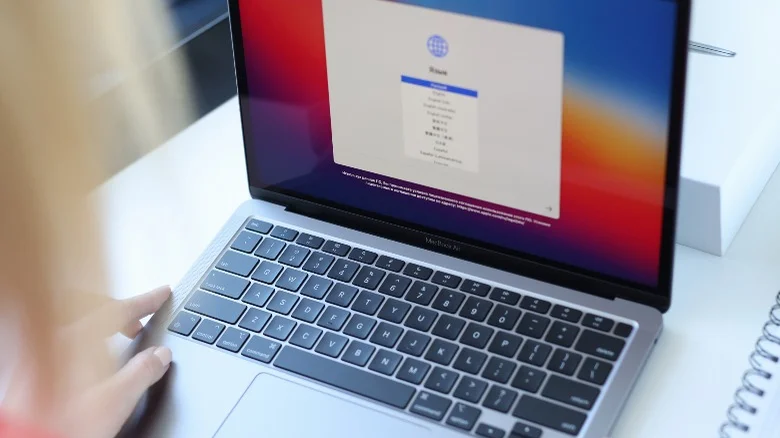
If you find yourself dashing across your college campus or enjoy working in cafes, opting for a sleek and lightweight device is the way to go. Luckily, MacBooks, whether Air or Pro, rank among the lightest laptops available. For instance, the 13-inch MacBook M2 Air weighs just 2.7 pounds, making it effortless to slip into your backpack and kickstart your day.
When selecting a laptop, battery life is a crucial consideration. Regrettably, Windows laptops often fall short in this department. Conversely, MacBooks boast impressive battery longevity, often enduring an entire day’s worth of work without fretting over battery levels. A key factor contributing to the exceptional battery life of newer MacBooks is the utilization of Apple Silicon chips.
Apple Silicon, being a custom-designed chipset, allows Apple to optimize efficiency far beyond what is achievable with Intel or AMD chips commonly found in PCs. Apple asserts that the M3 MacBook Pro can sustain up to 22 hours of video playback and 15 hours of wireless web browsing. Similarly, the M2 Air touts 18 hours of video playback and 15 hours of wireless web surfing. Thanks to the M-series chipsets, it’s safe to assume you can leave your power adapter behind when working on the move.
You want a laptop that’ll last

Technology progresses swiftly, with Apple consistently unveiling newer devices on an annual basis. Even if you opt to sell your MacBook before purchasing a replacement, recovering the entirety of your initial investment is improbable. Typically, users find themselves considering an upgrade four to five years post-purchase. Despite their higher price point, MacBooks are renowned for their robustness.
Unless subjected to rough handling, such as being casually tossed into a bag without protection and frequently dropped, MacBooks are highly resistant to cosmetic damage due to their aluminum construction. Additionally, the longevity of macOS support further prolongs the need for upgrades. Presently, macOS Sonoma extends support to MacBook Air and Pro models from 2018 onward.
In essence, this implies that the earliest supported MacBooks are those from 2018, though they won’t receive subsequent macOS updates. Consequently, users can anticipate receiving approximately six years of software updates, which is generally favorable.
If you’re on a budget, stick to Windows

Whether you choose a MacBook Air or a Pro, whether it’s refurbished from Apple’s website, brand new, or pre-owned, one consistent factor prevails: Apple products typically reside at the higher end of the price spectrum. While adjusting to this reality is possible, not everyone has the financial flexibility to accommodate such expenses readily available. For instance, the 13-inch MacBook M2 Air starts at $1,099, the 15-inch version at $1,299, and the 13-inch M1 Air at $990. It’s crucial to note that these prices reflect the most basic configuration, featuring 8 GB of RAM and 256 GB of internal storage.
Likewise, the entry-level model of the 14-inch M2 Pro, equipped with 8 GB of RAM and 512 GB of internal storage, retails for $1,599. Meanwhile, the base configuration of the 16-inch M2 Pro, boasting 16 GB of RAM and 512 GB of internal storage, commands a price tag of $2,499. While the actual price may vary depending on your desired specifications, it’s disheartening that the base configurations of MacBooks often fail to align with their price points. Unfortunately, both RAM and internal storage are non-upgradable post-purchase.
While external SSDs provide a workaround for storage expansion, increasing RAM is not an option beyond choosing a different configuration at the time of purchase. Additionally, Apple has yet to incorporate touchscreen functionality into MacBooks. Therefore, if you seek a device compatible with a stylus, opting for a 2-in-1 convertible laptop or an iPad with a Magic Keyboard might be a more suitable choice. Ultimately, determining whether the premium price of a MacBook is justified depends on your individual needs and priorities as a consumer.






